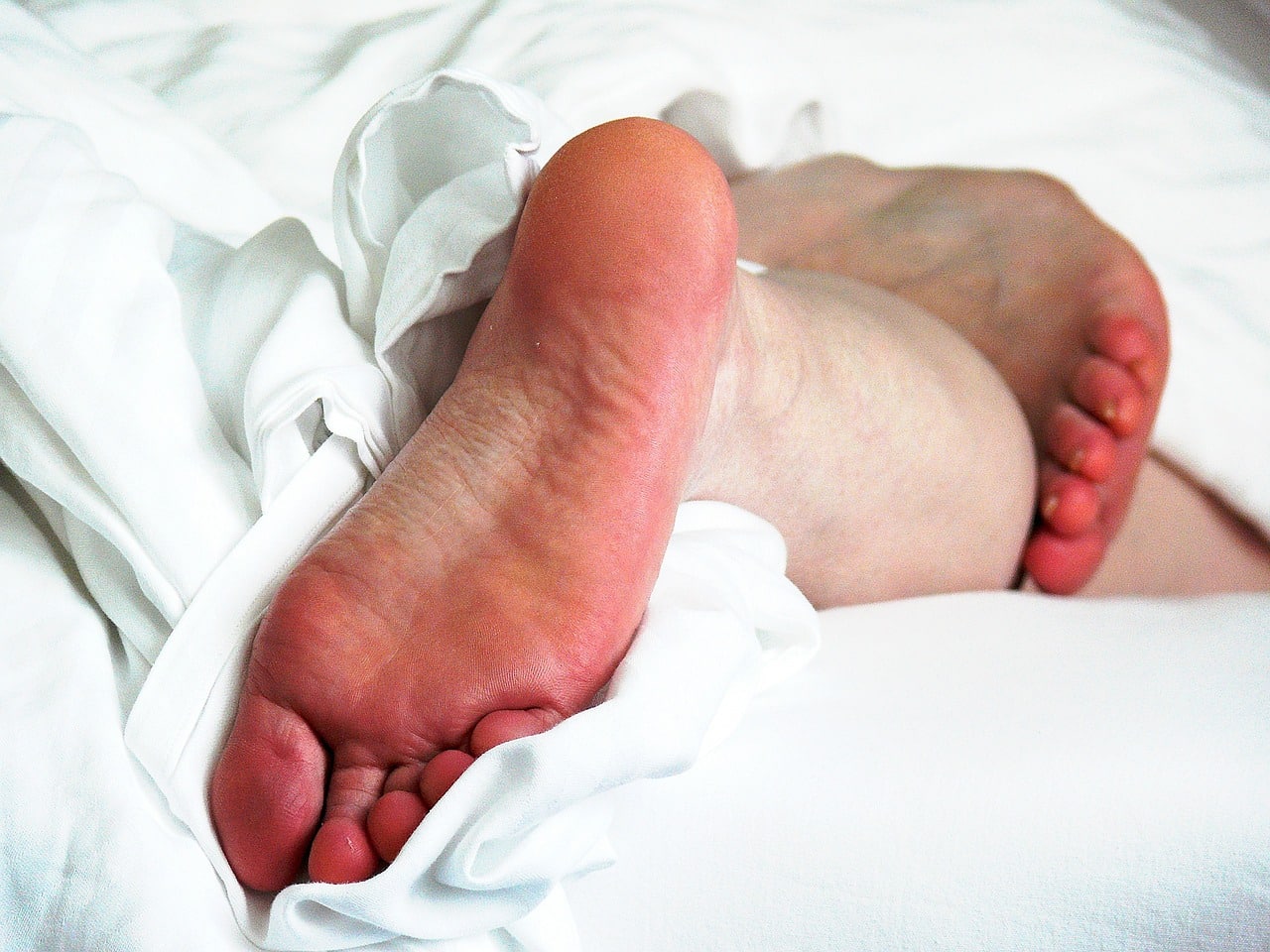Foot Corns and calluses

FOOT CORNS AND CALLUSES
Foot corns, common yet often overlooked, are thickened skin formations primarily caused by continuous pressure or friction. Their development is mainly attributed to anatomical misalignments, inappropriate footwear, and intense physical activities.
Calluses, on the other hand, are more diffuse indurations of the epidermis. They vary in size and extent and are often seen under the forefoot or heels. Like corns, they are also caused by friction or excessive pressure.
The best way to maintain your feet and remove the corns and calluses is to reserve a foot care with one of our podiatrists.
History and Formation of Corns
Since ancient times, human feet have been exposed to various pressures, often due to ill-fitting shoes. These repeated pressures cause increased skin cell production in the epidermis, leading to the characteristic thickening of corns. The evolution of footwear has played a crucial role in the prevalence of corns. For example, medieval pointed shoes could deform feet and cause corns. Even today, ill-fitting or activity-specific shoes, like sports footwear, can increase the risk of corns.
Foot Corns Signs and Symptoms
Corns typically appear as thickened, hard, and often painful areas of skin, usually on the toes, heels, or soles of the feet. The skin around a corn may be dry, cracked, and inflamed. Foot corns between toes, also known as “soft corns,” may have a softer texture due to moisture. Pain is often exacerbated by wearing tight shoes or walking and may be accompanied by a burning sensation.
Causes and At-Risk Populations
Apart from inadequate footwear and physical activities, factors such as genetic disorders, age, and medical conditions like diabetes or arthritis can increase the risk of developing corns. These conditions can alter the structure or function of the feet, thereby promoting the appearance of corns.
Foot Corns Treatment and Prevention
Salicylic acid is a common topical treatment that helps soften and remove corns. However, evaluation and treatment by a podiatrist are often necessary for optimal results. They may resort to techniques like debridement, a safe procedure for removing thickened skin in a sterile environment.
Debridement is one of the main techniques used by podiatrists to treat corns. It’s a mechanical method that involves carefully removing the thickened skin or calluses using sterile surgical instruments. The process is meticulous and must be performed carefully to avoid damaging the surrounding healthy tissues.
- Preparation: Before debridement, the foot is first cleaned and disinfected to minimize the risk of infection. The use of an antiseptic solution is common at this stage.
- Procedure: Using a scalpel or another surgical tool, the podiatrist gently removes the top layer of the corn. The movements are precise to avoid any cuts or lesions to the neighboring tissues.
- After Debridement: Once the debridement is complete, the foot is again cleaned. The podiatrist may also apply antibiotic ointment and a dressing to protect the treated area.
Asepsis: Asepsis is crucial to prevent infections during and after treatment. Instruments used for debridement are sterilized before each use. Additionally, the podiatrist wears sterile gloves and uses antiseptic solutions to clean the foot before, during, and after the procedure.
Custom-made plantar orthotics play a crucial role in the prevention of corns. By redistributing pressure and correcting misalignments, they can significantly reduce the risk of corn formation.
Recognizing and understanding foot corns are essential for adequate management. Preventative measures, wise shoe choices, and regular consultations with a podiatrist are the cornerstones of good foot health and effective prevention against corns.
WHILE WAITING FOR YOUR APPOINTMENT:
- Wear cushioned shoes that support your feet;
- Apply moisturizer to problem foot corns and calluses;
- Do not try to remove the corns and calluses yourself;
- Avoid free-bellied medicine products. You might confuse the corns with another condition.
